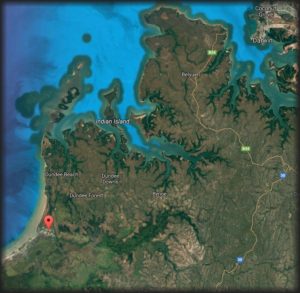 Australia’s Northern Territory is teeming with exotic birdlife, mammals, reptiles and marine life. The Finniss River and Bynoe Harbour included. The Finniss River coastal floodplain, about 70 km south-west of Darwin is dominated by seasonally inundated grassland and sedgeland with areas of paperbark open-forest. The Finniss River floodplain is also of international significance. This site is listed as a wetland of national significance in the Directory of Important Wetlands in Australia.
Australia’s Northern Territory is teeming with exotic birdlife, mammals, reptiles and marine life. The Finniss River and Bynoe Harbour included. The Finniss River coastal floodplain, about 70 km south-west of Darwin is dominated by seasonally inundated grassland and sedgeland with areas of paperbark open-forest. The Finniss River floodplain is also of international significance. This site is listed as a wetland of national significance in the Directory of Important Wetlands in Australia.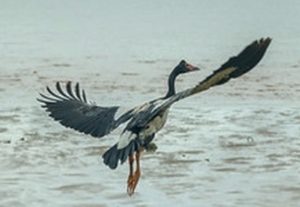 The area supports very large numbers of waterbirds, including more than 1% of the world’s populations of Magpie Geese and Pied Herons, and high densities of many other waterbird species. It supports important breeding activity by Saltwater Crocodiles, Magpie Geese and other waterbirds, and three
The area supports very large numbers of waterbirds, including more than 1% of the world’s populations of Magpie Geese and Pied Herons, and high densities of many other waterbird species. It supports important breeding activity by Saltwater Crocodiles, Magpie Geese and other waterbirds, and three 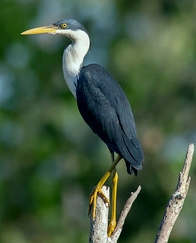 large waterbird breeding colonies are known to be located in paperbark swamps on the floodplain. Approximately five threatened birds and one threatened plant species also call this area home.
large waterbird breeding colonies are known to be located in paperbark swamps on the floodplain. Approximately five threatened birds and one threatened plant species also call this area home.Of national importance are the vulnerable and threatened species of:
Plants – Monochoria hastate
Vertebrates – Australian Bustard Ardeotis australis, 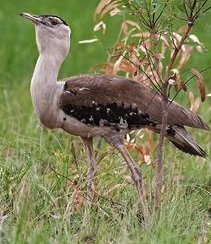 Masked Owl Tyto
Masked Owl Tyto
 Masked Owl Tyto
Masked Owl Tytonovaehollandiae kimberli, Partridge Pigeon Geophaps smithii, Red Goshawk
Erythrotriorchis radiatus, and Yellow-spotted Monitor Varanus panoptes.
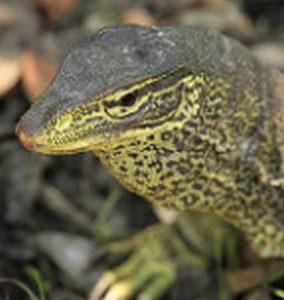
Cycas canalis subsp. canalis on the other hand grows prolifically only in the in the Darwin Coastal bioregion.  Wallaby are also very abundant.
Wallaby are also very abundant.
 Wallaby are also very abundant.
Wallaby are also very abundant.Less than 1000 ha of mostly dry rainforest occur in this site, especially in coastal areas near Stingray Head. Most of the rainforest occurs
as small patches (<10 ha) but one significant patch is >100 ha.
 Floating grass mats of the billabongs of the Finniss and Reynolds Rivers not destroyed by buffalo, provide an important habitat refuge and source of food for a range of fauna in the dry season, especially crocodiles. There are more crocodiles in the Northern Territory than anywhere else in the world.
Floating grass mats of the billabongs of the Finniss and Reynolds Rivers not destroyed by buffalo, provide an important habitat refuge and source of food for a range of fauna in the dry season, especially crocodiles. There are more crocodiles in the Northern Territory than anywhere else in the world.Although the Finniss Sub-Region is an establishing rural living area and an important recreational area for Darwin residents and visitors, careful growth and development is required to preserve the very reason it is so popular!
Important wildlife breeding sites and concentrations of rare, threatened or endangered flora and fauna species are worth protecting.
